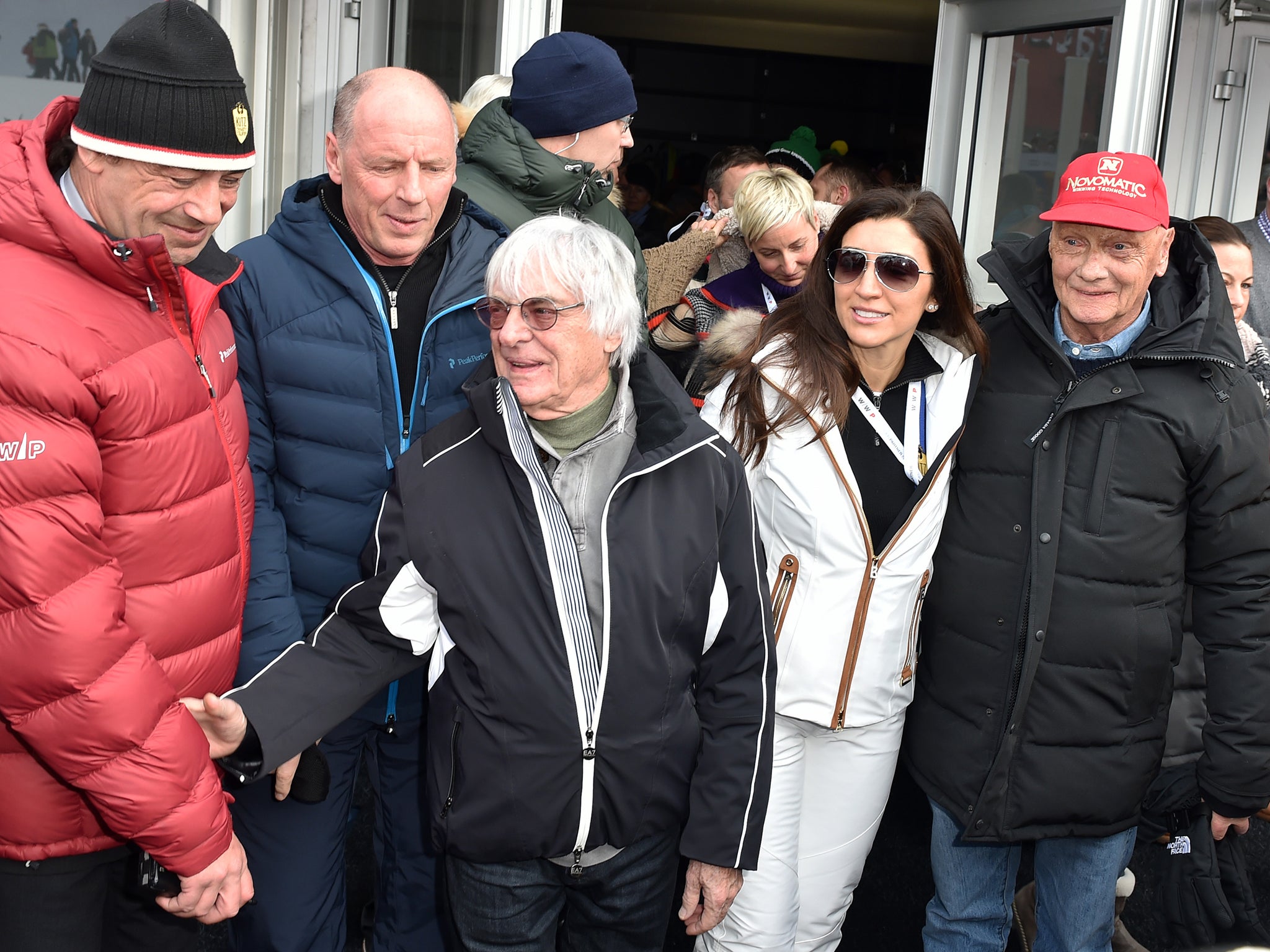F1 farce as new qualifying plan hit by software problems
EXCLUSIVE

Your support helps us to tell the story
From reproductive rights to climate change to Big Tech, The Independent is on the ground when the story is developing. Whether it's investigating the financials of Elon Musk's pro-Trump PAC or producing our latest documentary, 'The A Word', which shines a light on the American women fighting for reproductive rights, we know how important it is to parse out the facts from the messaging.
At such a critical moment in US history, we need reporters on the ground. Your donation allows us to keep sending journalists to speak to both sides of the story.
The Independent is trusted by Americans across the entire political spectrum. And unlike many other quality news outlets, we choose not to lock Americans out of our reporting and analysis with paywalls. We believe quality journalism should be available to everyone, paid for by those who can afford it.
Your support makes all the difference.Formula One boss Bernie Ecclestone has revealed that the introduction of a radical new elimination style qualifying format for the sport has been held up by computer programmers.
The new format, which would see the slowest cars eliminated until just the fastest two are left in a shoot-out, was approved by F1’s decision-makers on Tuesday and was expected to be introduced at the season-opener in Australia next month. However, Ecclestone says that plan is now in the pits as F1’s computer programmers will not be able to write the new software for it until the start of the European races in May.
“The new qualifying won’t happen because we can’t get everything together in time. It was going to come in at the start of this year but we are not going to be able to get all the software done in time. So the qualifying changes will probably be in Spain. In Australia it will be the old qualifying and the new qualifying maybe by Spain. All of the software has got to be written so it's not easy,” he says.
The new system is one of the most radical changes to F1’s qualifying format in years and it was driven by a desire to improve the show after two seasons of dominance from Britain's Lewis Hamilton.
Ecclestone recently said F1 is “the worst it has ever been” and that he wouldn’t pay to take his family to watch a race. The changes to qualifying would spice up the action on Saturday which currently features a ‘knock-out’ system split into three periods. In each one the drivers run qualifying laps to attempt to advance to the next period, with the slowest knocked out at the end of each one and their grid positions based on their best lap times.
Ecclestone says he wanted to retain this system and reverse the grid for the race to make the action more unpredictable. “It is not what I wanted in the end. All I’m trying to do is muddle up the grid so that the guy that is quickest in qualifying doesn’t sit on pole and disappear because why should he be slow in the race if he is quick in qualifying?
“I wanted a very simple thing. I wanted qualifying to stay as it is, because it is good, and then if a guy is on pole and has won the last race he gets so many seconds added to his time so he has to fight through the bloody pack to get in the lead, which he would do in the end. It would be exciting racing whilst he is doing it.”
Ecclestone says that the teams didn’t approve of this because “they don’t want to do reverse grids. There are a million things they could do but they are completely mad. We can't do it alone because to get the things voted through it has to go through the commissions and then we have got the teams all deciding.”
He is referring to F1's Byzantine process for implementing new regulations. Sporting and technical rules are first considered by the Strategy Group which consists of three parties with equal voting power: Ecclestone, the sport’s governing body the Fédération Internationale de l’Automobile (FIA) and six leading teams.
The next stage is the F1 Commission which is chaired by Ecclestone and is composed of 26 members. They include the 11 teams, eight race promoters, the FIA, Ecclestone, as well as sponsors and suppliers of engines, tyres and fuel. A vote of 18 is needed for a vote to pass and the new qualifying format got past this hurdle. The final stage of the process is the FIA’s World Motor Sport Council which will look at the format next week and Ecclestone says “We will see if the changes that have been announced get over-turned.”
Join our commenting forum
Join thought-provoking conversations, follow other Independent readers and see their replies
Comments